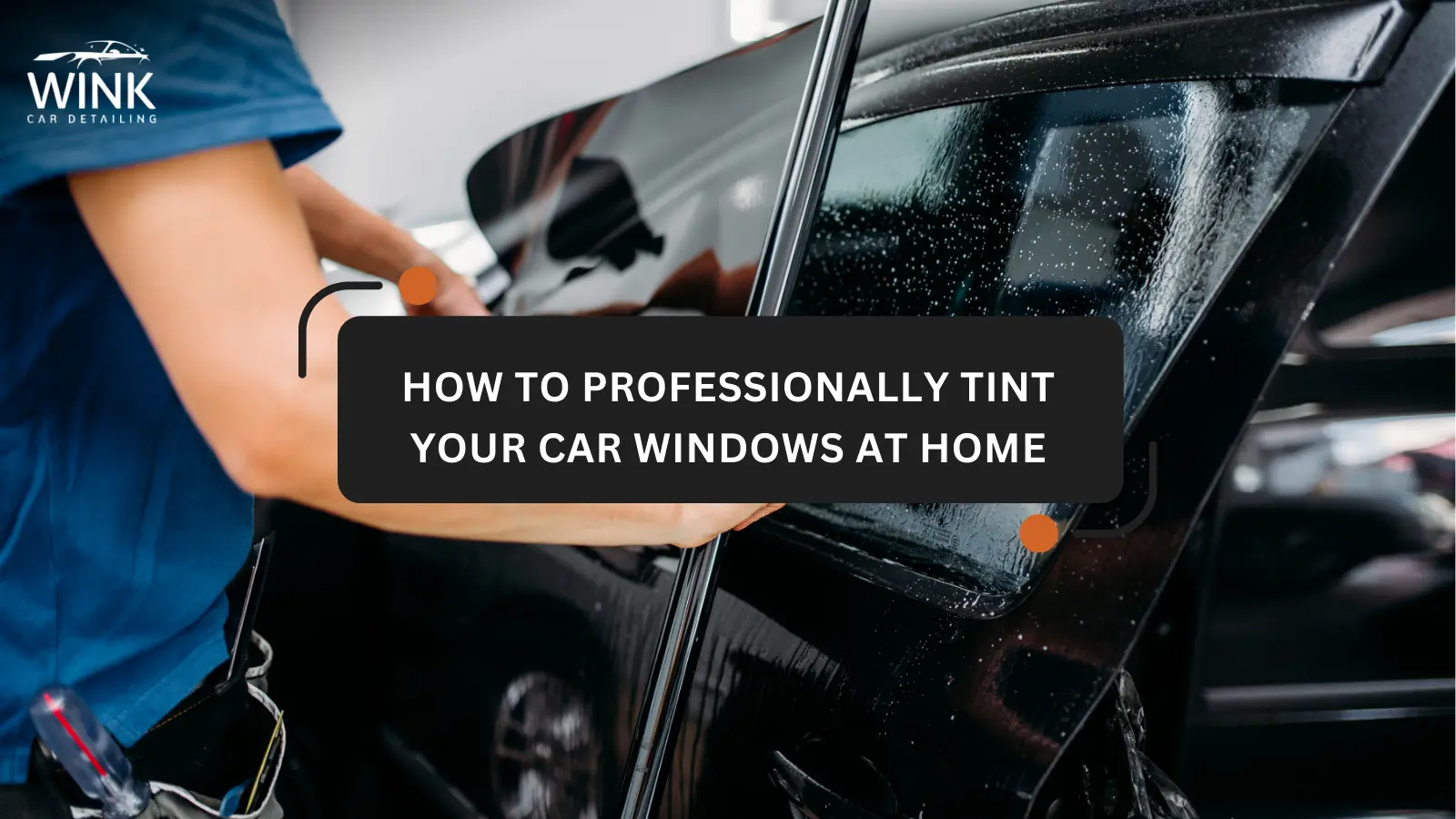How to Professionally Tint Your Car Windows at Home
Tinting your car windows is a fantastic way to enhance its style, improve privacy, and protect the interior from harmful UV rays. While many people opt for professional installation, applying window tint yourself is a rewarding project that can save you money. Let’s dive into the detailed steps for applying window tint to your car windows effectively.
What You’ll Need Before You Start
Before starting, gather all the essential tools and materials to ensure a smooth tinting process:
- Window Tint Film (pre cut or roll)
- Application Solution (or a mix of water and baby shampoo)
- Squeegee or Hard Card
- Sharp Utility Knife
- Heat Gun or Hair Dryer
- Spray Bottle
- Lint Free Cloths
- Razor Blade
- Measuring Tape
Having everything on hand will make the process much easier and more efficient.
Step 1: Choose the Right Window Tint
Select a tint film that meets your needs and complies with local regulations. Tint comes in various levels of darkness, often referred to as the Visible Light Transmission (VLT) percentage. Check your area’s laws to avoid fines or reinstallation later.
Step 2: Clean the Windows Thoroughly
A clean surface is crucial for a bubble free finish.
- Use a spray bottle filled with the application solution.
- Spray the window generously.
- Scrape off any dirt, debris, or old adhesive with a razor blade.
- Wipe clean with a lint free cloth.
- Ensure there’s no lint, dust, or streaks before moving forward.
Step 3: Measure and Cut the Tint Film
Accuracy is key in this step.
- Roll out the tint film on a flat surface.
- Measure each window and cut the film slightly larger than required.
- Ensure the tint covers the entire window surface but leaves a small margin for adjustment.
Step 4: Position the Tint Film on the Window
- Spray the exterior side of the window with the application solution.
- Place the tint film on the outside of the glass (liner side facing you).
- Align the film and use your squeegee to smooth it out temporarily.
This step allows you to shape the film without adhering it permanently yet.
Step 5: Trim the Excess Tint
Using your utility knife, carefully trim the edges of the tint to match the window’s shape. Cut with precision to avoid jagged edges or gaps. Make sure the film fits perfectly within the window frame.
Step 6: Heat Shrink the Film (If Necessary)
For curved windows, heat shrinking ensures a snug fit:
- Use a heat gun or hair dryer to warm the tint film slightly.
- Gently press and stretch the film into place with your squeegee.
- Work slowly to avoid creases or bubbles.
Step 7: Apply the Tint to the Interior
- Peel the protective liner from the tint film.
- Spray the adhesive side of the tint and the interior of the window generously with the application solution.
- Carefully place the film on the interior glass, starting from the top.
Step 8: Smooth and Secure the Film
- Use your squeegee to press out excess water and air bubbles.
- Start from the center and move outward in all directions.
- Reapply solution as needed to prevent scratching the film.
Step 9: Final Trimming and Adjustments
Once the film is secure:
- Trim any remaining edges with your utility knife.
- Use your squeegee to re smooth the edges for a clean finish.
Step 10: Let It Cure
Allow the tint to cure for 3-7 days, depending on the manufacturer’s recommendations. During this time:
- Avoid rolling down windows.
- Keep windows dry to ensure proper adhesion.
Common Mistakes to Avoid
- Skipping Cleaning: Any dirt left on the glass will create bubbles or imperfections.
- Rushing: Taking your time ensures better results.
- Using Poor Quality Tools: Investing in the right tools makes a noticeable difference.
Benefits of DIY Tinting
- Cost Savings: Professional installations can be expensive, but doing it yourself saves money.
- Personal Satisfaction: Completing the project yourself feels rewarding.
- Customization: DIY tinting lets you choose your preferred level of tint.
Conclusion
Tinting your car windows is a practical and stylish upgrade. By following these steps and taking your time, you can achieve professional looking results without breaking the bank. Enjoy the benefits of enhanced privacy, cooler interiors, and a sleek appearance for your car.





